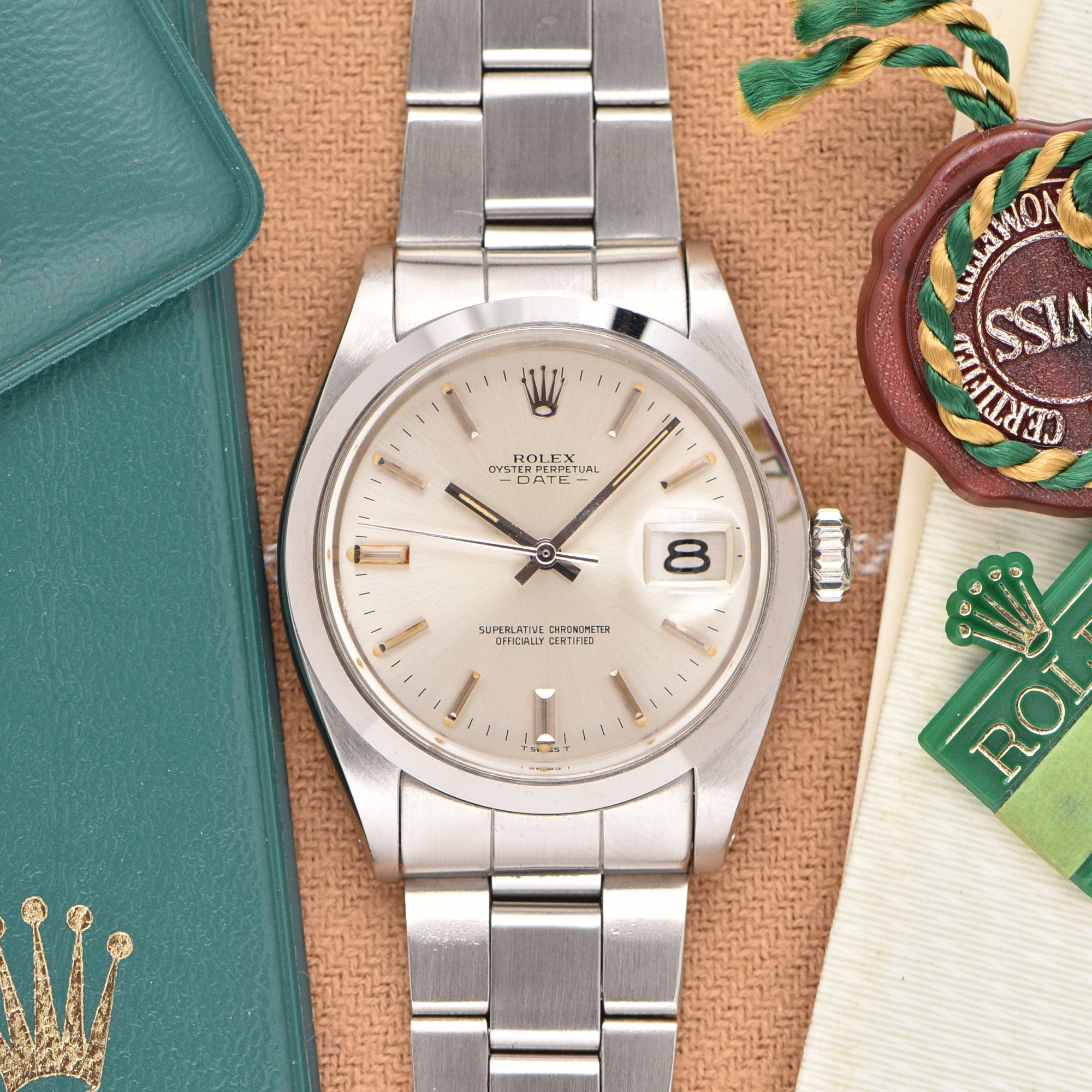
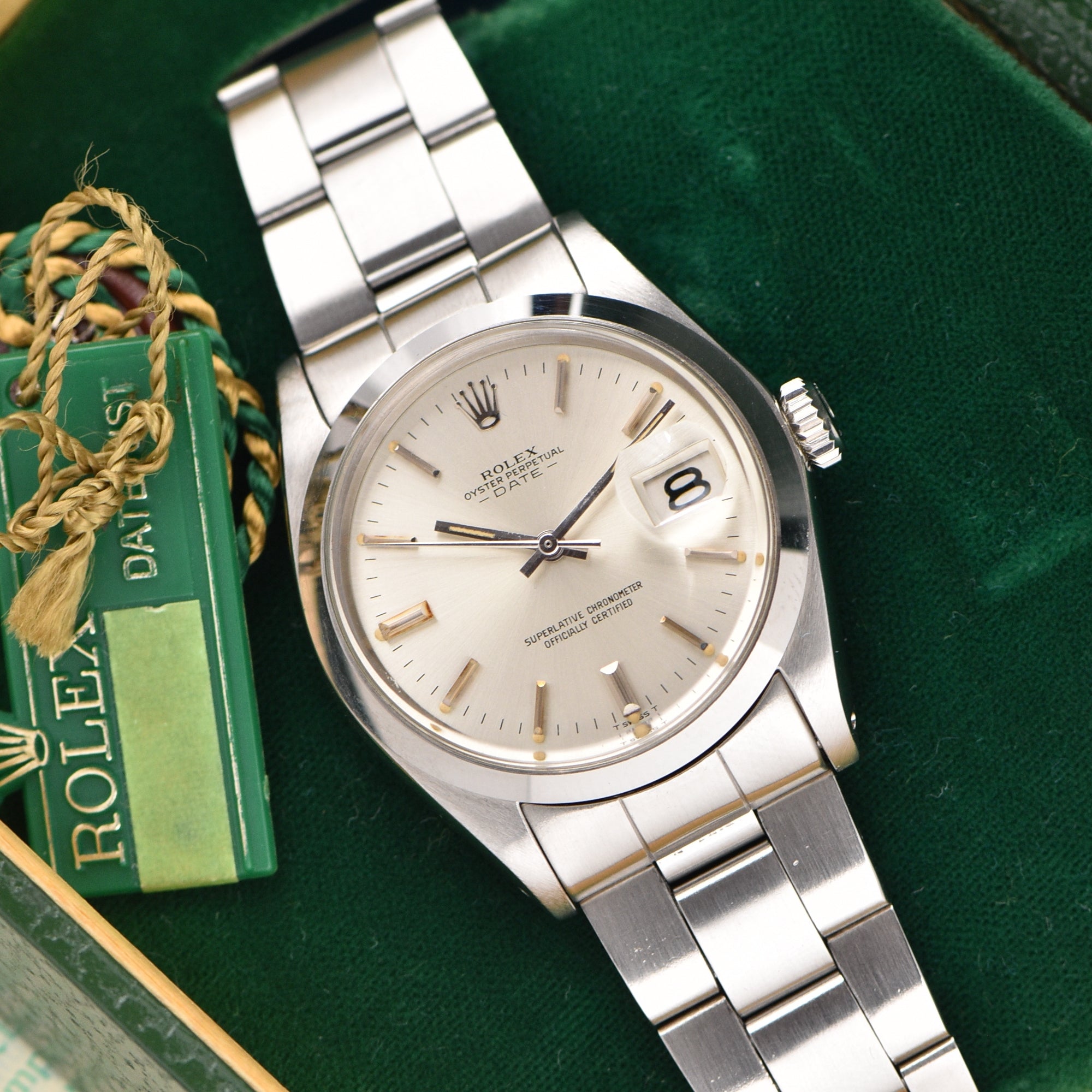
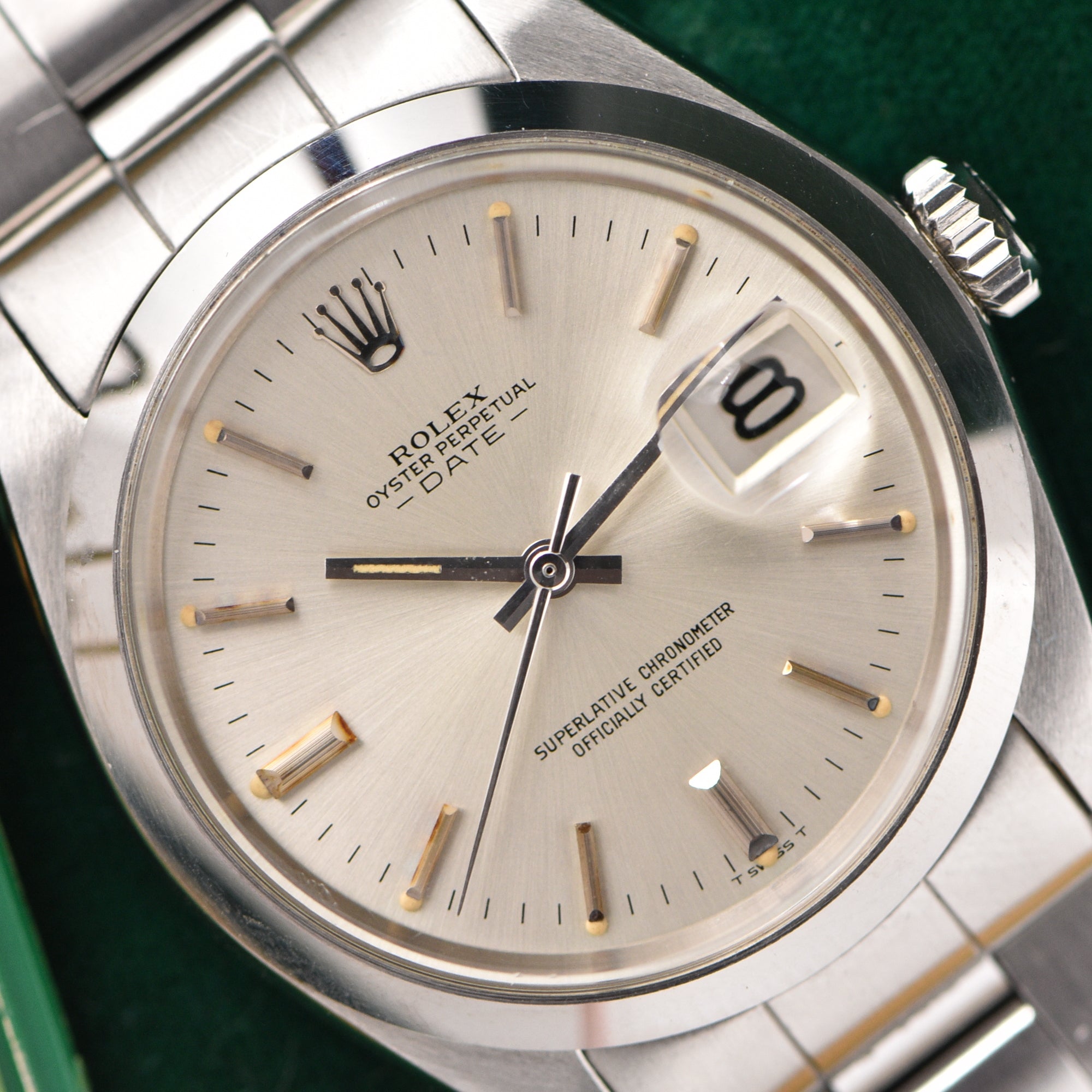
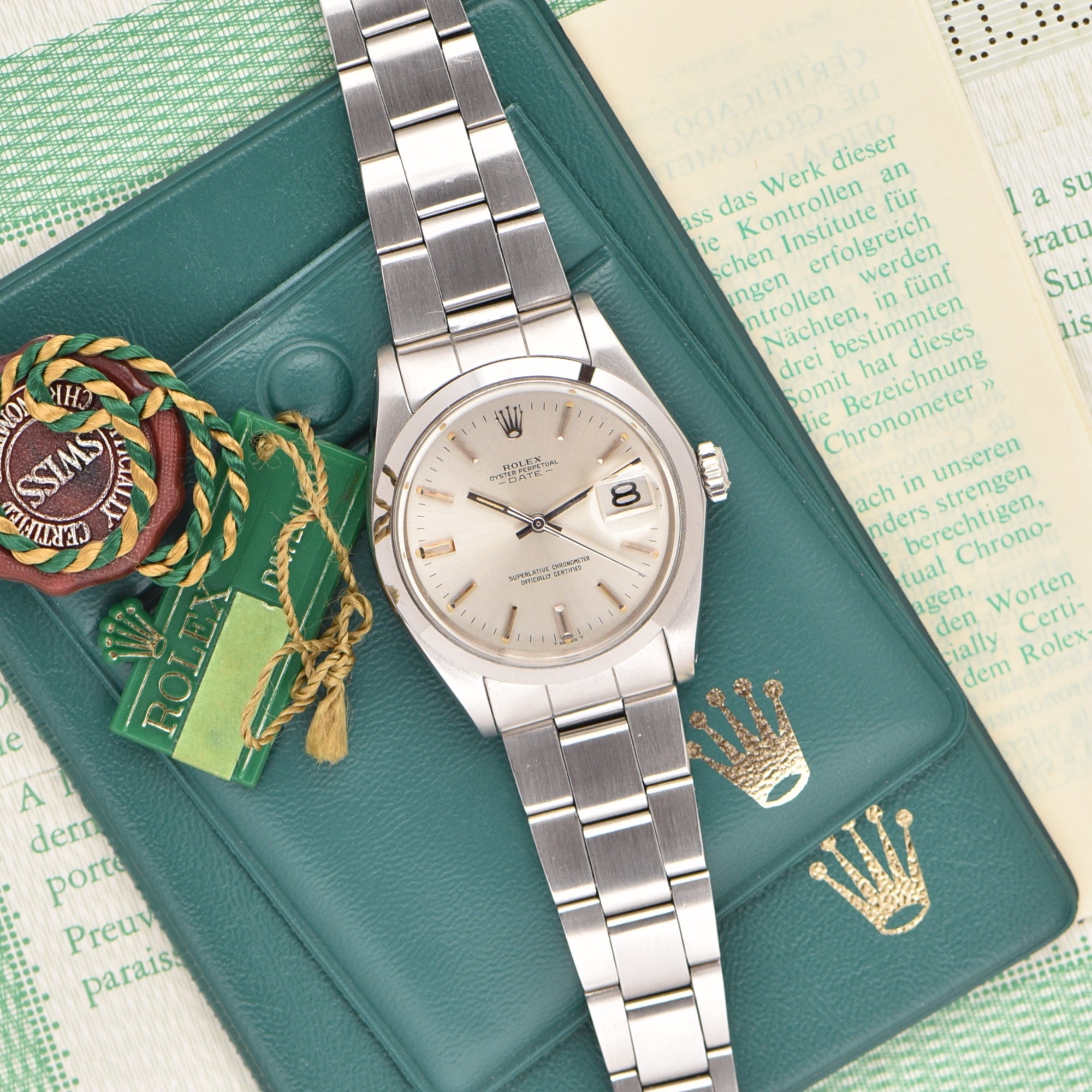
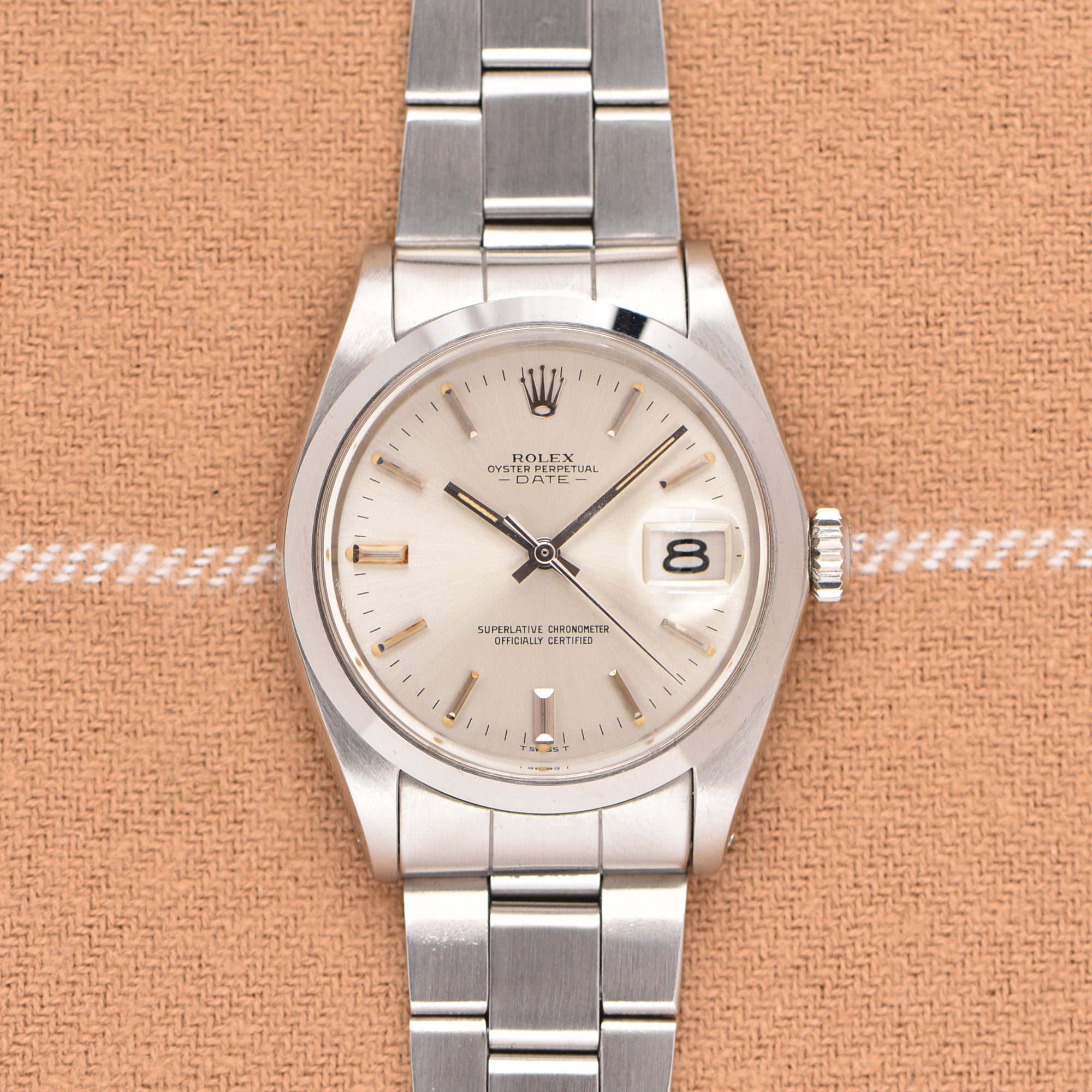
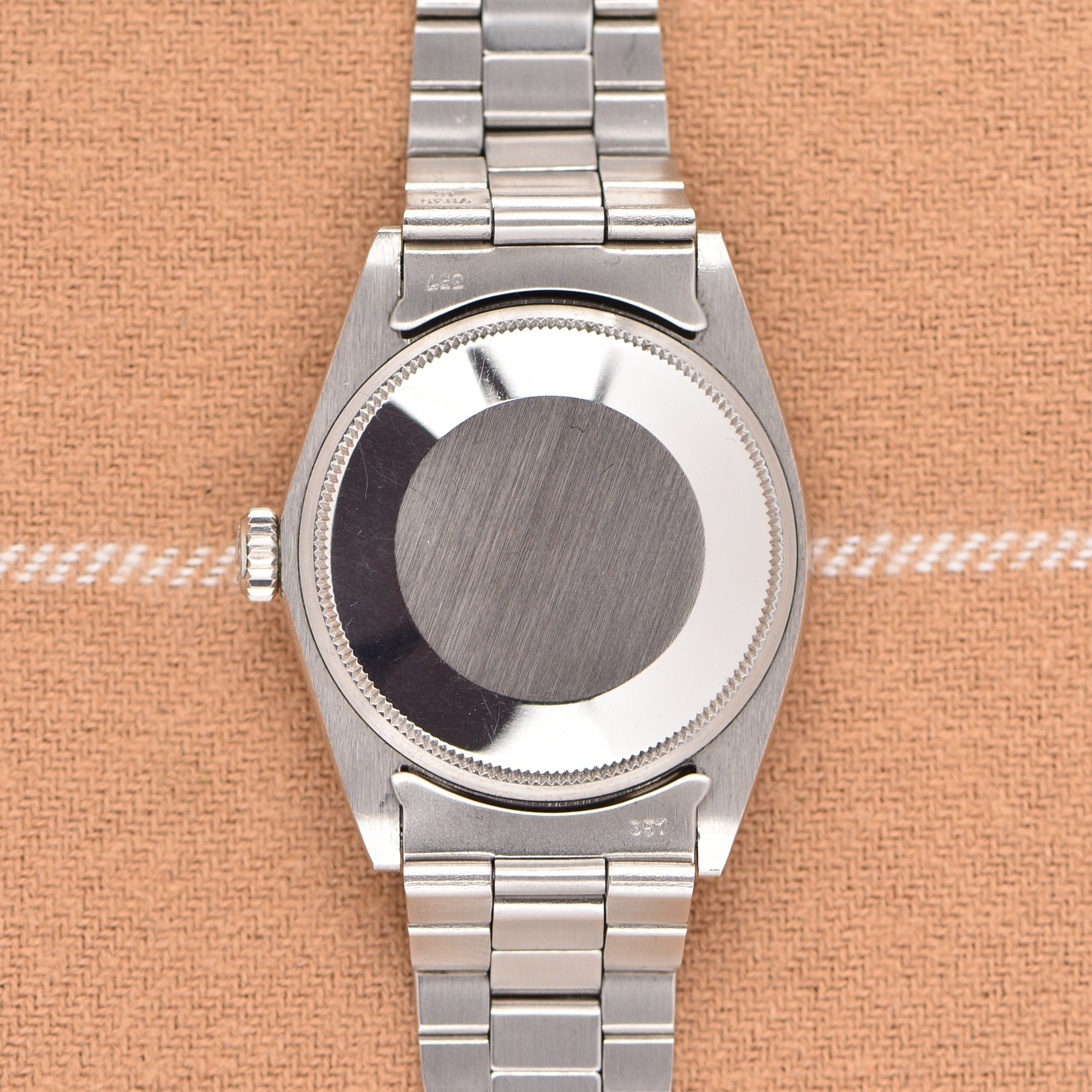
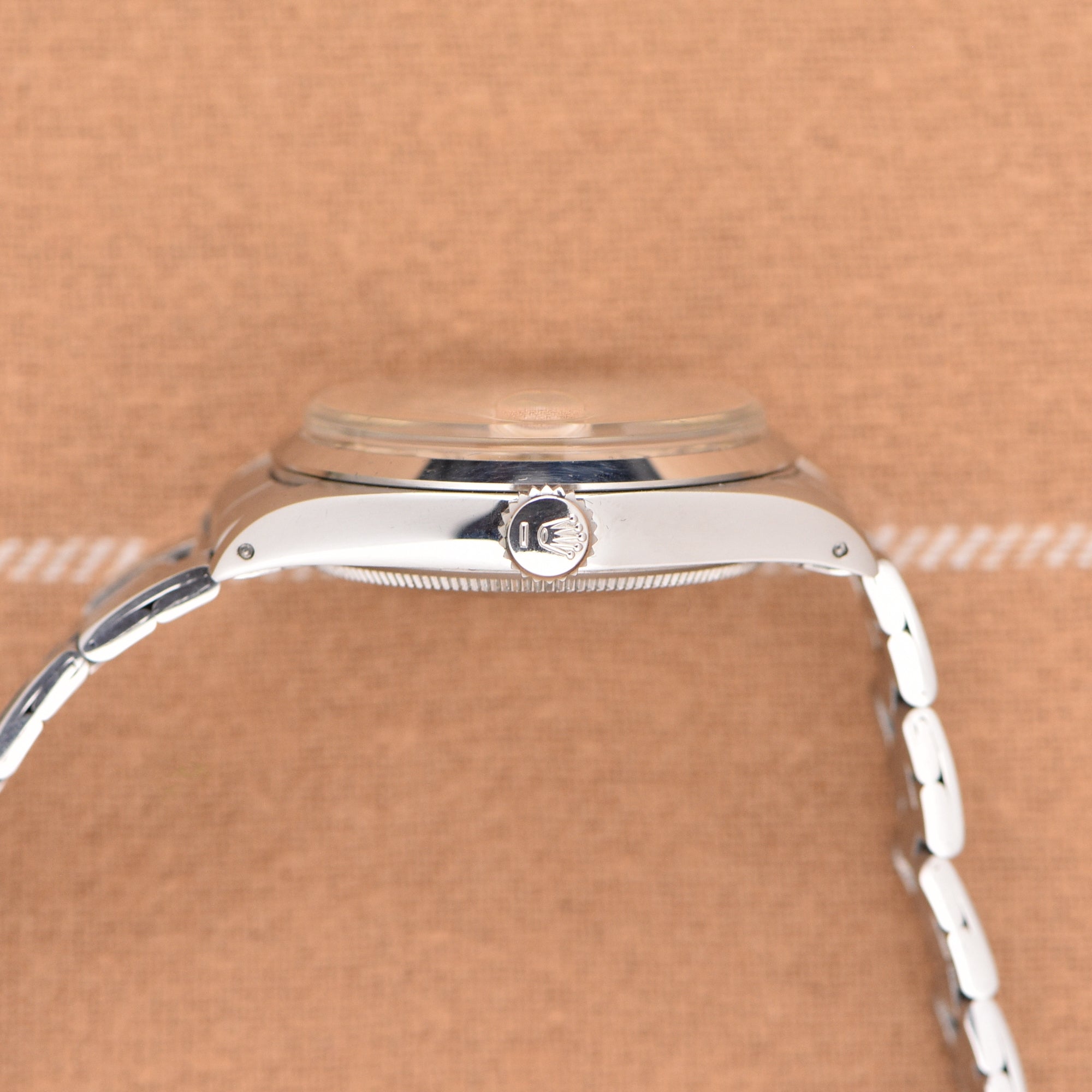
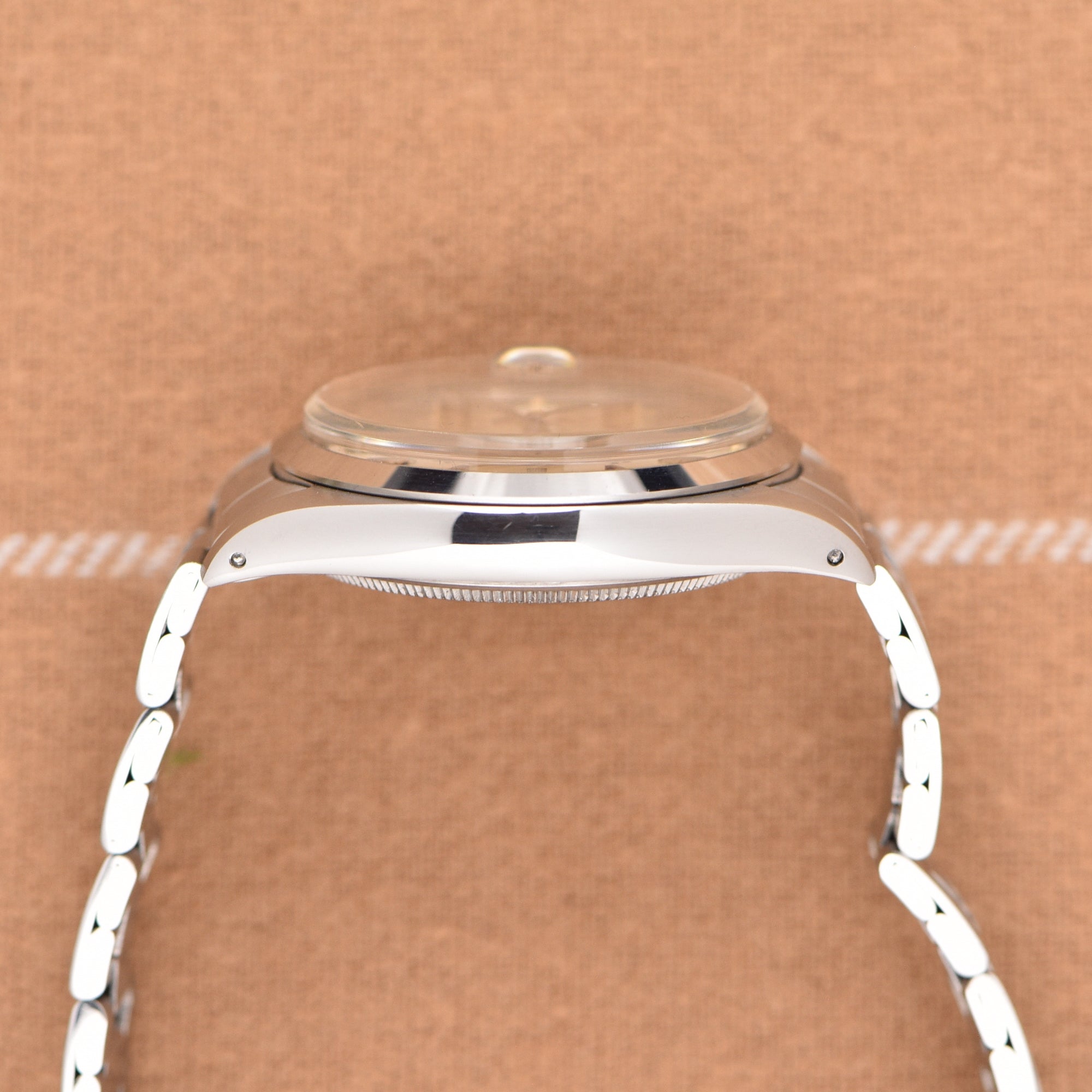

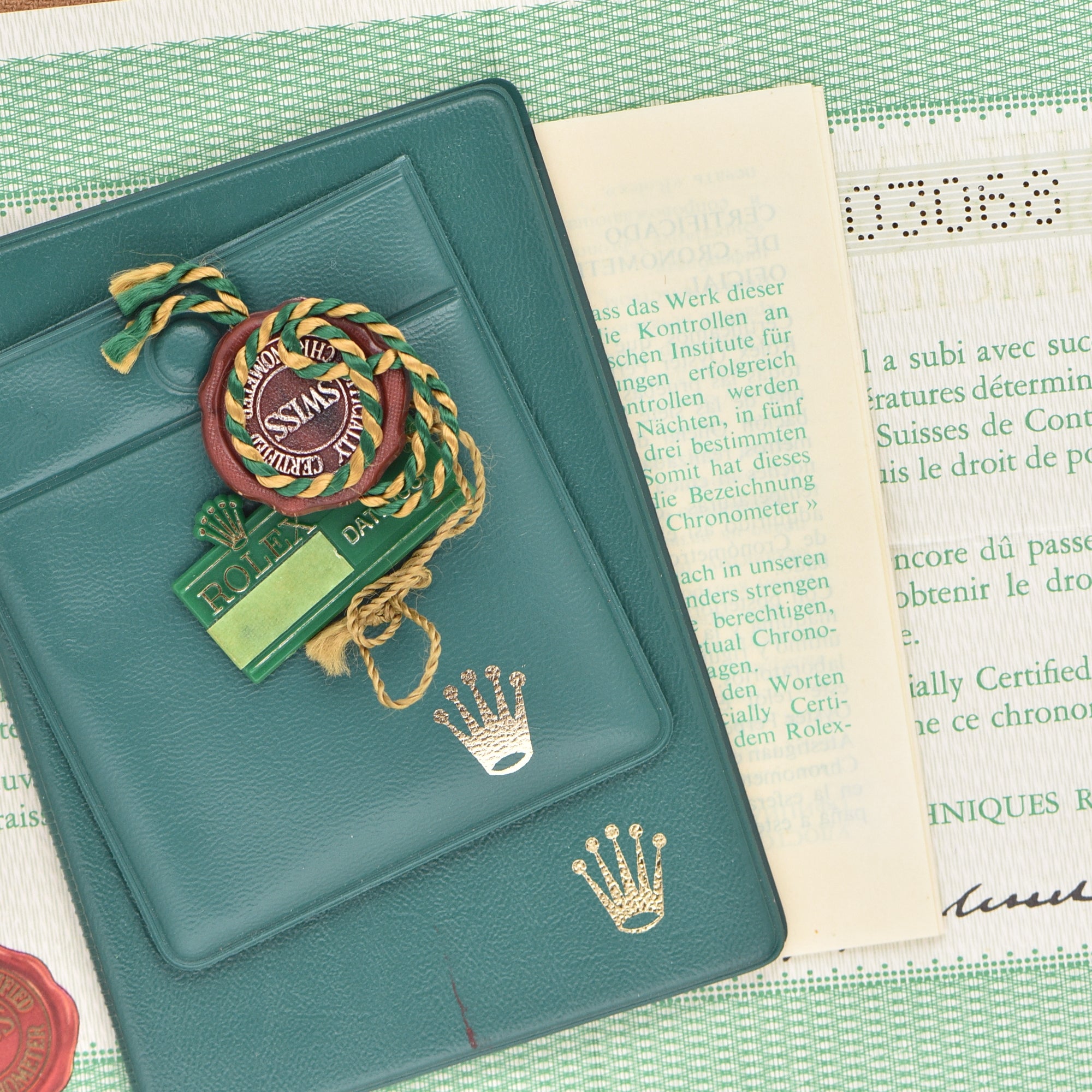
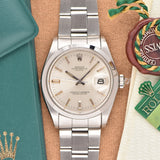
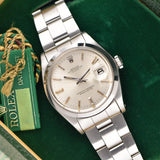
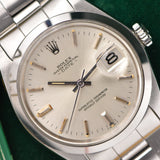
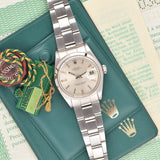

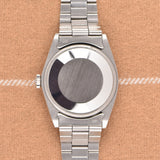
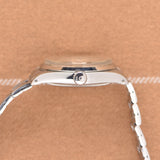
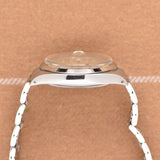
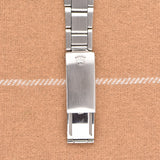
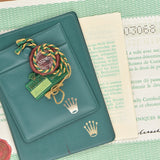
1970 Rolex Date Silver Dial - Box & Papers
- Reference 1500
- Boxes, Papers, Pamphlet, Tags
- Wire Price: $3,200
- Specifications
- The Story
- The Brand
Year: 1970
Model: 1500
Case Diameter: 34mm
Lug to Lug: 41mm
Case: Stainless steel
Dial: Silver
Movement: Automatic
Condition
It's not often we see vintage four-digit Rolexes that look this good. First the dial with its crazy good tritium lume. You might notice some discoloration on the hour markers; this tone is only noticeable in harsh light and professional photography. What you see is the hour markers have slight oxidization. This is most likely because the watch was stored away for a long period of time. The bracelet has almost no stretch, which is amazing, and the lugs are nice and thick.
The Rolex Date 1500, first introduced in the 1950s, is a smaller date-displaying wristwatch with a 34mm case diameter. It shares the same COSC-certified movement as Rolex's Datejust watches from the same era and offers no compromises in terms of timekeeping accuracy or reliability. As one of the least expensive vintage Rolex watches, the reference 1500 offers tremendous value for the money and represents classic Rolex at its best.
The key features of the Rolex Date 1500 include its slightly smaller case, which measures 34mm, similar to the Air-King and Oyster Perpetual models produced at that time. The Oyster case of the reference 1500 Rolex Date offers the same legendary water resistance as Rolex watches, achieved through a screw-down crown and case-back.
Like other vintage Rolex watches, the reference 1500 Date is fitted with an acrylic crystal with Cyclops magnification, which magnifies the calendar display by 2.5 times for facilitated viewing. Sapphire is more scratch-resistant than acrylic, but acrylic can be easily polished if minor scratches or scuffs occur during regular wear and use. The classic configuration for the reference 1500 Date is with a smooth bezel, regardless of metal type. The most commonly found configuration is an entirely stainless steel model with a smooth bezel, but two-tone and solid gold versions are also available with matching gold bezels. Some older Rolex models have their bezels or bracelets swapped for different styles at the point of sale.
The Rolex Date reference 1500 is a chronometer-certified Perpetual movement, designed and manufactured in-house by Rolex and tested by the Official Swiss Chronometer Testing Institute (COSC). It can be powered by the Caliber 1565 or 1575 movements, with the latter offering a higher frequency and longer power reserve. Both Caliber 1565 and 1575 are COSC-certified chronometers, offering nearly identical real-world timekeeping performance. The movements are engraved with either "1560" or "1570" as they are date-displaying versions of the Caliber 1560 and Caliber 1570. The classic configuration for the reference 1500 is paired with the brand's signature three-link Oyster bracelet, but the dressier 5-link Jubilee bracelet is also available. The Rolex Date has a case that measures 2mm smaller than the standard-size Datejust, but the two watches have different lug width measurements and bracelets.
Wilsdorf & Davis was initially a watch importer, but by 1908, Wilsdorf had registered 'Rolex' as a trademark. The name was chosen after trial and error, with some believing it was taken from the phrase 'horological Excellence' or because the word sounds like a watch being wound. Wilsdorf was aware of the power of branding and began a long campaign to get the new company name on the watches he exported. The relationship between Rolex and Aegler started the same year that Wilsdorf & Davis set up the business, placing the largest order for wristwatches ever seen. Wilsdorf was attracted by Aegler's commitment to the highest quality, as their movements were extremely accurate and small. In 1910, one of Rolex's models won a First Class Chronometer Certificate from the rating office in Bienne, Switzerland, and in 1914, another piece became the first ever wristwatch to be granted a Class A Chronometer Certificate from the Kew Observatory in England, the only non-marine timepiece to ever achieve it. The firm of Wilsdorf & Davis became synonymous with a commitment to uncompromising excellence.
WWI in 1914 led to the rebranding of Wilsdorf & Davis as Rolex in 1915. The British government imposed a 33.3% tax on luxury goods, forcing Rolex to relocate to Bienne. Despite the war, the wristwatch proved its utility, as it was used by soldiers during combat and in the field. Rolex produced trench watches, using Aegler's small movements for wearability. By the end of the war, wristwatches became a utilitarian accessory for men. In the years between the wars, Rolex asserted its independence, partnering with Carl F. Bucherer to resist the Federation of Swiss Watch Manufacturers. In 1926, Rolex introduced the Oyster case, making wristwatches waterproof, dustproof, and robust. Wilsdorf capitalized on this innovation by installing Rolex Ambassadors, or 'Testimonies', with celebrities as a marketing masterstroke.
During WWII, Switzerland retained its neutrality, meaning that it was one of the few countries not forced to shut down watch manufacturing to supply the war effort. As a result, by the end of hostilities, the Swiss watch industry was way ahead of other nations. Rolex truly came of age in the 1950s by launching some of the most enduring legends in watchmaking, such as the Explorer, Submariner, GMT-Master, Day-Date, and Milgauss.
The quartz crisis of the 1970s and 80s forced the company to change tactics but ultimately repositioned itself as the purveyor of the ultimate luxury lifestyle. Today, the name Rolex is synonymous with refinement, opulence, and personal accomplishment. The Rolex brand as we know it today is the byproduct of an unrelenting drive for excellence and over a hundred years of refinement and development, all in pursuit of the brand’s singular goal of making the world’s best wristwatch.
1970 Rolex Date Silver Dial - Box & Papers
Authenticity Guaranteed
All our watches are carefully inspected to insure the authenticity of the watch
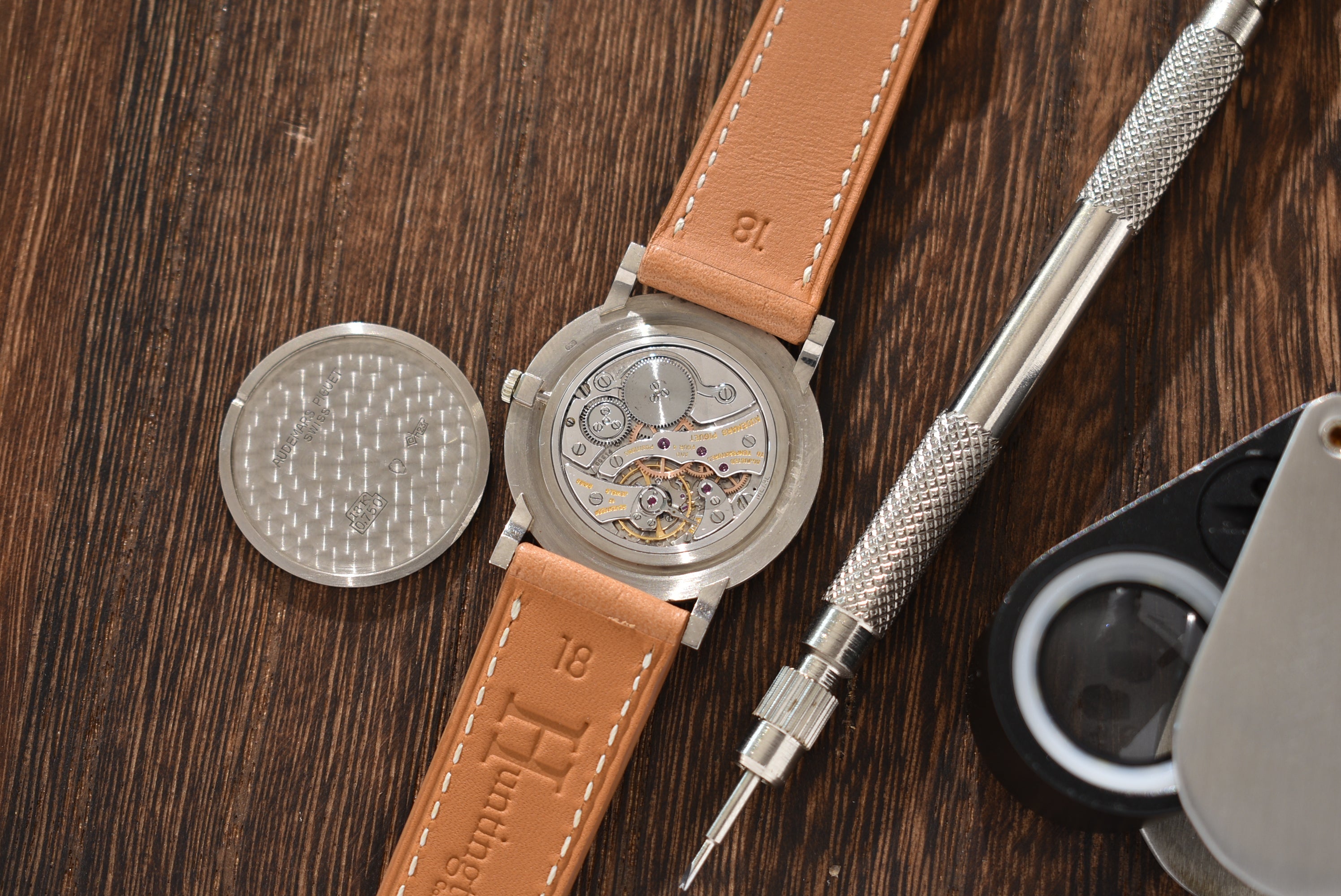
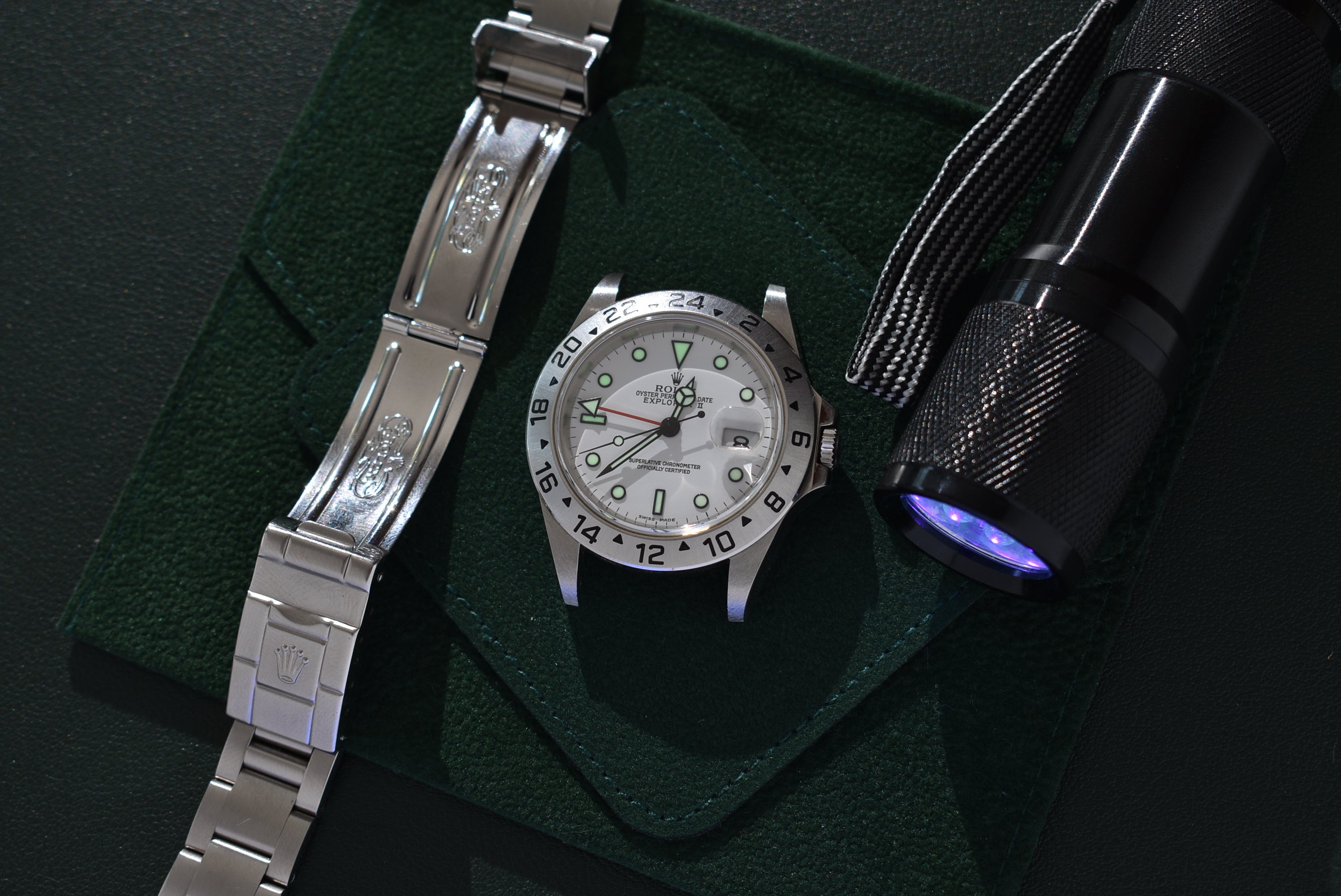
The Details
All our watches are scrutinized during inspection to make sure our descriptions are as accurate as possible.
- Related products
- Recently viewed
